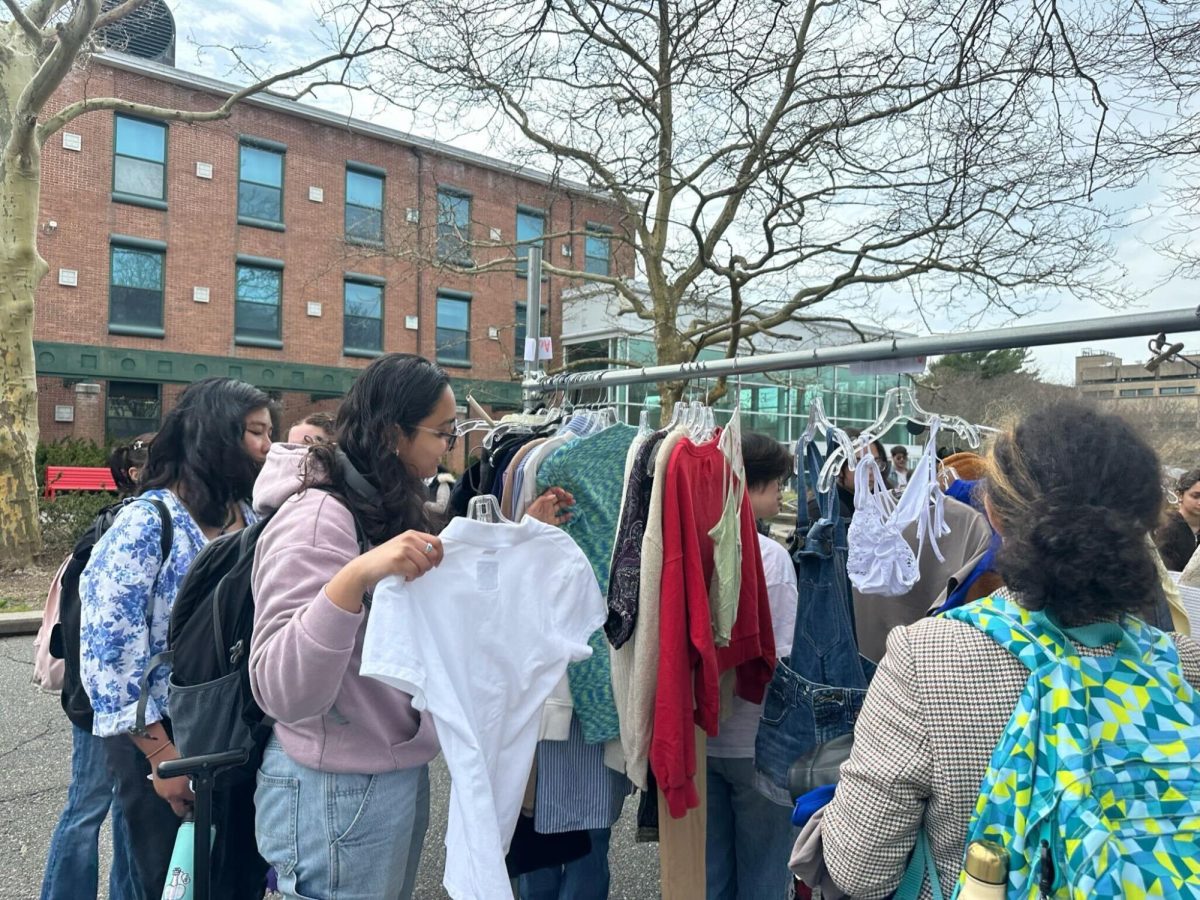
Stony Brook University has made several strides toward diversifying its campus and promoting inclusivity in recent years. According to Vice President for Equity & Inclusion and Chief Diversity Officer for Stony Brook University and Health System Dr. Judith Brown Clarke, the University is taking the proper steps forward when it comes to advancing the progress being made.
“There is no right way. We’re always evolving,” Dr. Clarke said. “What we are working hard on in this office is how we get people to create a sense of belonging in an environment that may be flawed. You can be in an environment that may not fully affirm you or have a lot of noise with different perspectives on identities, issues and topics.”
Dr. Clarke discussed diversity and inclusivity holistically, explaining that they were two very different yet equally important objectives for the campus.
“[Stony Brook is] an extremely diverse campus within our student population, faculty and staff, medical staff, patients, and communities we serve. You can see how diverse we are by just walking outside,” she said.
As of fall 2023, Stony Brook’s undergraduate student body is 45% Asian, 37% White, 15.4% Hispanic or Latino and 9.7% African American or Black. Other ethnic groups make up only 1.4% of this population and 6.2% of the student body falls into the “unknown” category.
Dr. Clarke stated that the University is doing “extraordinarily well with diversity” and that the campus “can’t get any more diverse,” comparing the student, faculty and staff body to the United Nations.
“We have student clubs, cultural clubs, performers that come to the Staller and Wang Center, from the classes you can take to learn about local and global perspectives; we listen to what students and faculty want, and try to find ways to do so. We work to make sure that the dining halls have halal, kosher, etc.,” Dr. Clarke said.
Dr. Clarke pointed out that the University has clubs for religions, communities and cultures, and that new clubs are constantly being made to match the campus diversity and promote inclusivity. She referenced how the administration is constantly looking for ways to create new types of classes based on student and faculty feedback to continue exposing students to new things. One way this is facilitated is through the Stony Brook Curriculum requirements.
She described that the campus views inclusivity as “how this diversity comes together in a way that enriches campus community … learning and understanding new perspectives and strategies, modeling and understanding other peoples’ truths.”
Dr. Clarke stated that the University must continue to promote, recognize and celebrate diversity, all while supporting the people bringing diversity across all spectrums.
“With hope, everyone and anyone can strive to be at their fullest potential despite the flaws of their environment,” Dr. Clarke said. “With hope, students, staff, and faculty can make changes, have success, and create the impacts and changes on the environment that they want to see.”
But for students like Amanda Wang, a junior psychology and Spanish double major, “hope” is not quite enough.
“[Dr. Clarke] has a lot of power as an administrator of Stony Brook University, so she should really be advocating for lower tuition, more scholarships, looking at … what ethnicities are there and maybe why some ethnicities are at that level,” Wang said. “And how we can change that so that maybe these types of ethnicities are not marginalized.”
While the University has enacted several diversifying efforts, there is still work to be done to ensure that the school evolves to the inclusive environment that administration has been striving for.





















